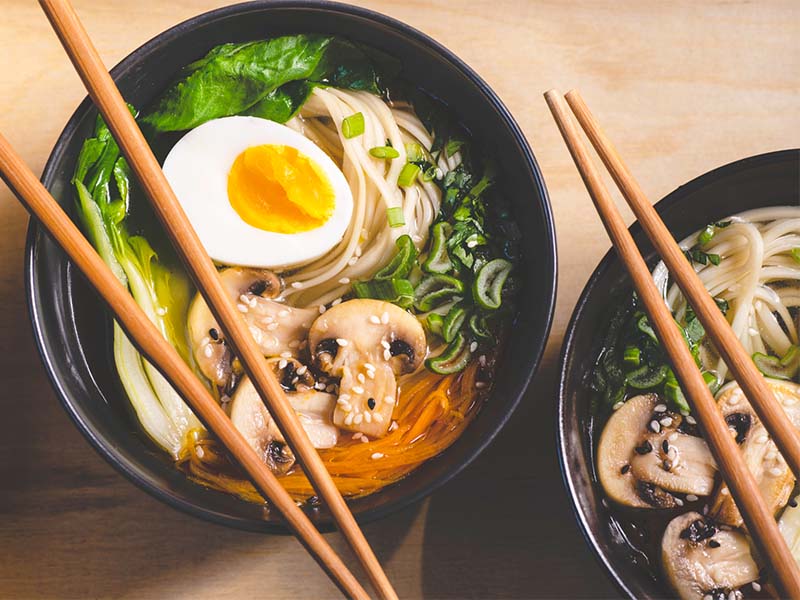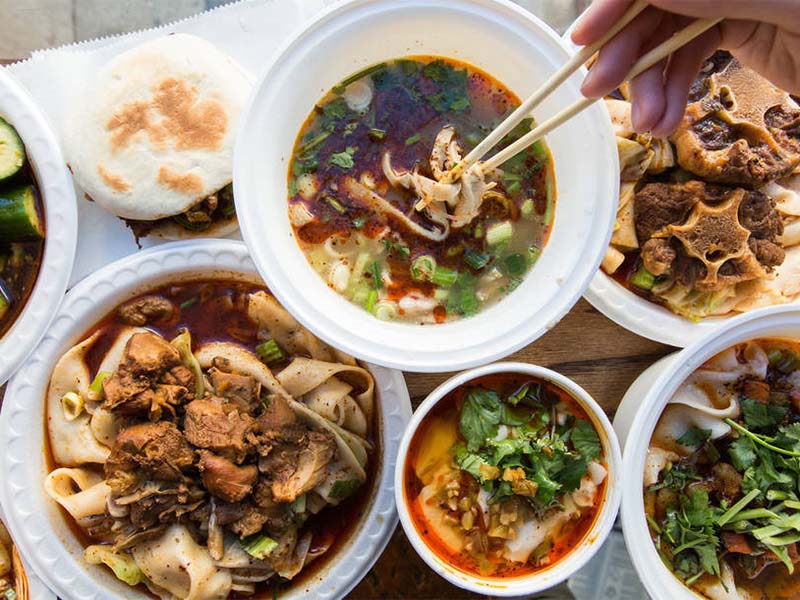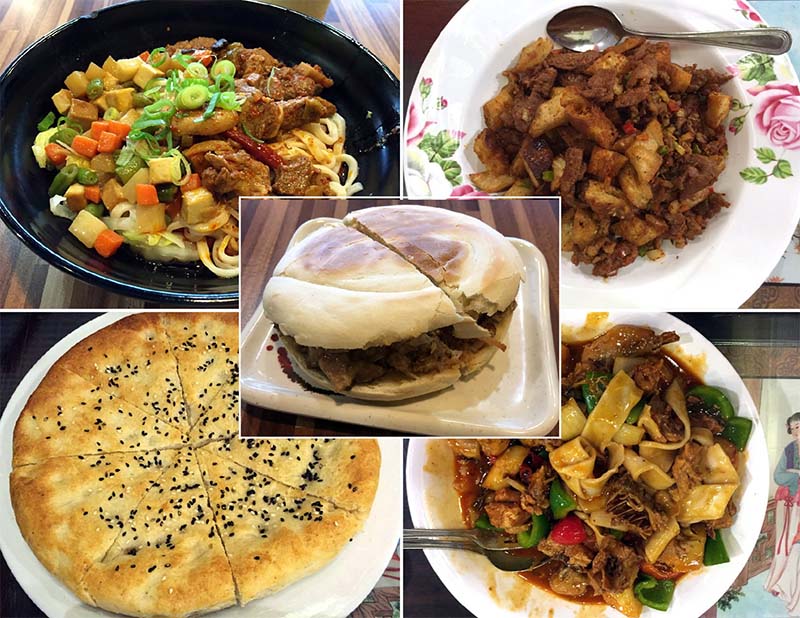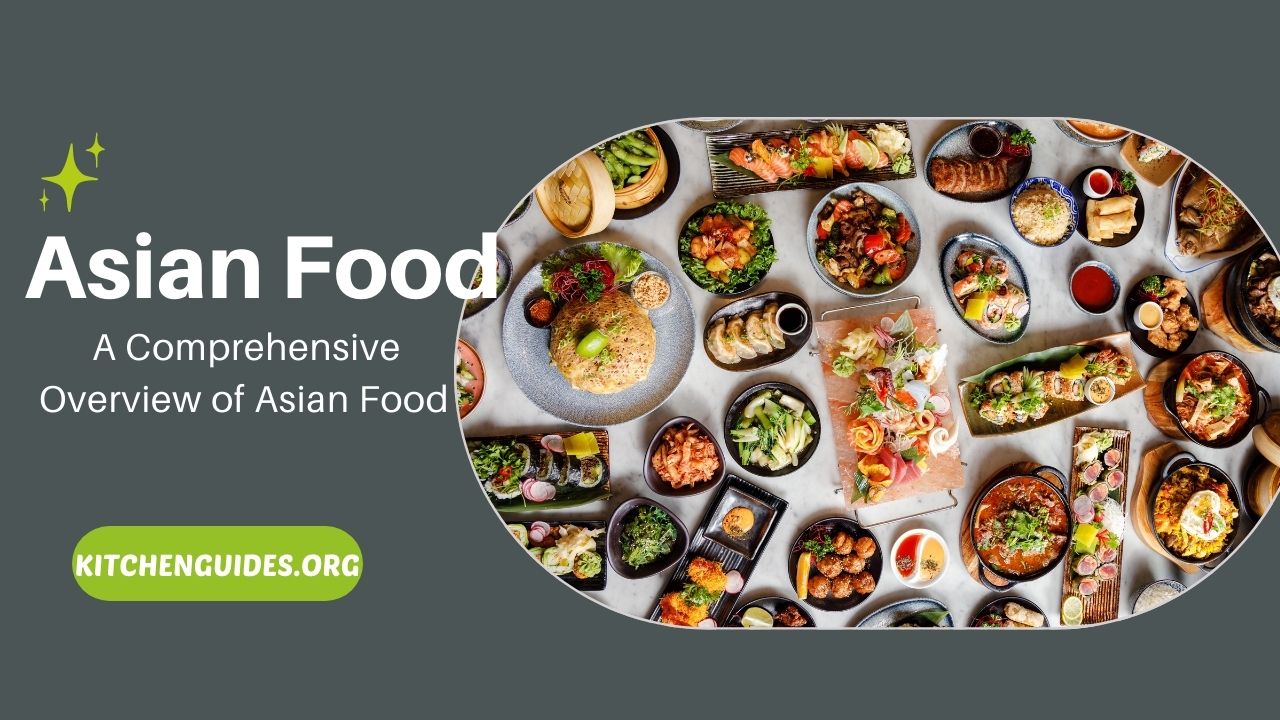Asia is vast and varied. As diversified as Asia’s traditions are, so are its cuisines. For instance, rice serves as the primary diet in Northeast Asia, and people commonly consume vermicelli. They frequently make side dishes with vegetables and meat and flavor with chickpea flour, fish sauce, a range of other ingredients, and spices. This article will discuss Asian foods and the characteristics of Asian culinary traditions throughout the area.
Asian cuisine offers a wide range of smells and colors and a diversity of tastes varying from sweetness, chili, salt, and bitter. There are two major eating styles: the bare fingers style of West Asia and the chopsticks and spoons tradition of Northeast Asia.
We can characterize Asian food as incredibly dynamic and diversified. These are all the features that distinguish this area and its food.
What Is Asian Fusion Cuisine?
Are you a foodie? There are so many different types of foods out there, from Korean to American to Japanese. Each bring a number of different flavors and unique dishes.
Fusion cuisine, including Asian Fusion, is a newer type of cuisine that’s a growing trend. If you’ve ever gone to an Asian Fusion restaurant, you probably found some delicious and unique takes on more traditional foods. Whether Asian Fusion is one of your favorite types of food or you want to learn more about it before giving it a try, read on!
Southeast Asian Food

When we mention Southeast Asian food, we mean Vietnam, Laos, Malaysia, Thailand, Indonesia, Philippines, Singapore, and Cambodia.
These nations have a distinct cuisine culture, but they share characteristics, such as hue and flavor. There is no such thing as a colorless or tasteless Asian meal. People use herbs and spices to provide taste to each culinary tradition. Citron, shrimp paste, galangal, and fish sauce are all essential components in Southeast Asian cooking. Furthermore, all South Asians consume rice with their regular meals.
Southeast Asia’s invaders and foreign settlers have affected their cultures due to colonialism and settlements from adjacent countries. Filipino food has features from Malaysia, Chinese, and American cuisine. Also, French food affects Vietnamese baguettes. Almost all dishes are spicy due to the usage of Thai chili, but Indonesian and Filipino dishes are hardly spicy.
Rice, shellfish, chicken, and vermicelli are the staple food items most East Asian nations support.
East Asian Food

Rice cultivation is widespread in Korea, Japan, Taiwan, and China. Noodles are crucial in Chinese food and are available in various lengths, shapes, widths, and production processes. Noodles are famous in China, Taiwan, Singapore, and Southeast Asian countries with a sizeable Chinese population.
Also, Chinese-style noodles have gained popularity in adjacent countries such as Japan. Ramen is a type of noodle dish popular in Japan. Another feature of East Asian cuisine tradition is tea, which they celebrate with Tea Ceremonies that entail tea preparation. Chinese people also use tea medicinally.
Meals, tastes, styles, and appearances differ significantly due to these standard fundamental components, as illustrated by the cultures of Japan, Korea, and China.
West Asian Food

The cuisine of the Southeast is also prominent. Southwest cuisine with influences from Pakistan, India, Burma, and Sri Lanka. With its origins from Persian-Arabian civilization, nan became popular, along with lamb, skewers, black pepper, the use of chili peppers, garlic, other strong seasonings, and ghee.
Curry has become a feature in this food tradition as well. The cuisine of the Southeast is also prominent. People in these countries solely use cows for milk, instead of meat, according to Hindu beliefs. Aside from rice, chapati produced from barley or wheat is a mainstay of the cuisine, and lentils play a vital role in mealtime.
Facts About Asian Food
Key Ingredients In Asian Food
Curries play a prominent role in the South East and South West cultures, but more minor in the foods of the North East countries.
People in South Western typically make curry using yogurt. In contrast, curries from the South and North East are regular coconut milk.
Rice is a staple ingredient in all Asian dishes. South West foods feature various pieces of bread and rice, while South and North East meals contain egg noodles and rice.
In the South West, ghee, or butter, is the most common cooking oil. Vegetable oils serve as the most common oils in South and Northeast Asia.
Cooking Asian Food With Spices and Herbs
Although chilies are far more prevalent in the South East and South West, people frequently use ginger and garlic in many cuisines, as are hot pepper. People also use the sauce in every dish in North Eastern foods. Meanwhile, people use the fishy sauce in the South. Freshly grated ginger and citrus grass are additional two flavor enhancers found in the South East that we can not find in other cultures. They are unquestionable of local beginnings, as every people in the world use them.
Curry is widespread throughout the region, although less so in Vietnam, in which the impact of China is prominent.
Asian Food Preparation Tools
Aside from different Asian food, Western food also includes various tools needed to produce Asian dishes. The skillet is the most essential. In Southeast Asia, it is among the most significant piece of kitchen utensils. Since traditional Asian families lacked the materials to grow or purchase multiple pans for various types of food preparation, they developed the traditional wok with an exceptionally rounded underside. It allows for a scope of cooking heat in one pan, a pretty unanimous mainstay of Asian families.
We do not forget the classic Asian dining tool, the chopstick. Its exact beginnings of chopsticks have been uncertain. Despite that, Chinese tradition claims that a philosopher who lived in China approximately 500 B.C. impacted its growth by his pacifist teachings. Because people connected blades with violence and conflict, Confucius allegedly advised his disciples not to utilize them in the dinner, which reportedly resulted in the introduction of chopsticks as an alternative. Likewise, the scalpel evolved as a multipurpose cooking tool because it can fulfill all the duties of a complete set of culinary and utensils found in the standard western household.
Asian cuisine is typically a synthesis of different flavors. While Western tastebuds prefer to separate flavors, Asian food emphasizes a mix of tastes and textures, frequently within the same dish. Specifically, rice or pasta with veggies and a source of protein might include anything brittle, like nuts, or whatever softer, like raisins.
Asian culinary shows are only one illustration of how famous and even trendsetting Asian food has grown. Instead of adding powdered flour to a meal (as in the United States), Asian chefs in the Southeast produce spice mixes using various techniques. It includes mixing natural ingredients, newly crushing them, and producing curry mixtures. Other distinct elements contribute to taste, smoothness, and hue to varied Asian cuisines.
Asian Food’s Success and “Fusion”
Generally, there are several causes behind the broad acceptance of Asian cuisine in the United States. To some extent, people can see it as a mirror image of the rapid globalization and internationalism occurring in the United States and throughout the world. Cultural and economic borders have become less strict. In addition, the progressive dispersion of distinct aspects of national heritage such as cuisines are instances of this tendency.
On a broader scale, the massive trend of Asian food results from changing demographics in the United States, notably the expanding numbers of Asian Americans and Asian people. This number keeps rising year after year. When the number of Asians and Asian Americans increases, so does the number of Asian enterprises and restaurants, and in emerging markets which see an increase in Asian and Asian American population.
Last but not least, Americans, in general, are pretty open to many aspects of international cultures, such as cuisine. As a result, people widely accept cultural components like Asian food as “safe” and “simple” methods to display their artistic interest and friendliness.
As various Asian immigrants arrived in the United States to start their lives like U.S. citizens, they took their cooking styles and customs from a historical standpoint. The centuries-old tradition of gathering relatives or a big crowd of friends to participate in a large meal. However, undoubtedly, integration and cultural assimilation occurred in regards to human and Asian food.
Later, Asian restaurants that sought to expand their operation and client base outside their ethnic customers had to tweak or produce new food to suit the West’s taste. It developed distinctively ”Americanized” Asian cuisine, including chop suey, spring rolls, and gift boxes.
Considerations for Health in Asian Food
A good diet that requires generations to develop may disappear in a matter of decades. Many investigators are noticing that fatness and heart problems are gradually an issue in several large Asian cities. More people with bad eating habits are usually associated with people in the united states and droves to fast food outlets, which appear to be expanding exponentially across Asia. It seems paradoxical that combining east and west foods may produce such disparate outcomes for every culture engaged.
If you want to make some good Asian recipes at home, take a look at this video:
They are all suitable for your health with great flavors.
Conclusion
The various traditions of Asian food and cooking are both well-known elements of Asian society. Several distinct forms of meals arise from different ethnic nations, representing the organization’s incredible variety of backgrounds and events. Also, as the current Asian community grows and evolves, we are experiencing a remarkable change in Asian regional food. It has combined classic and new elements into a distinct Asian innovation.





